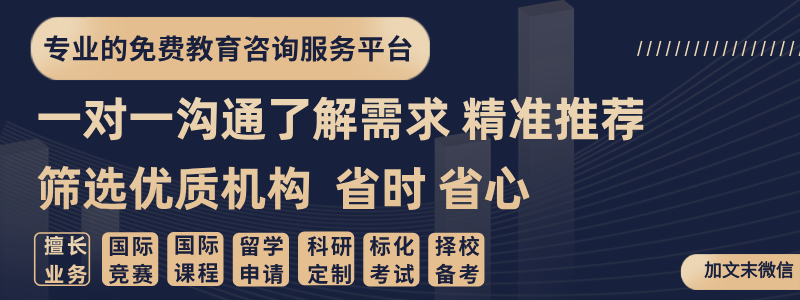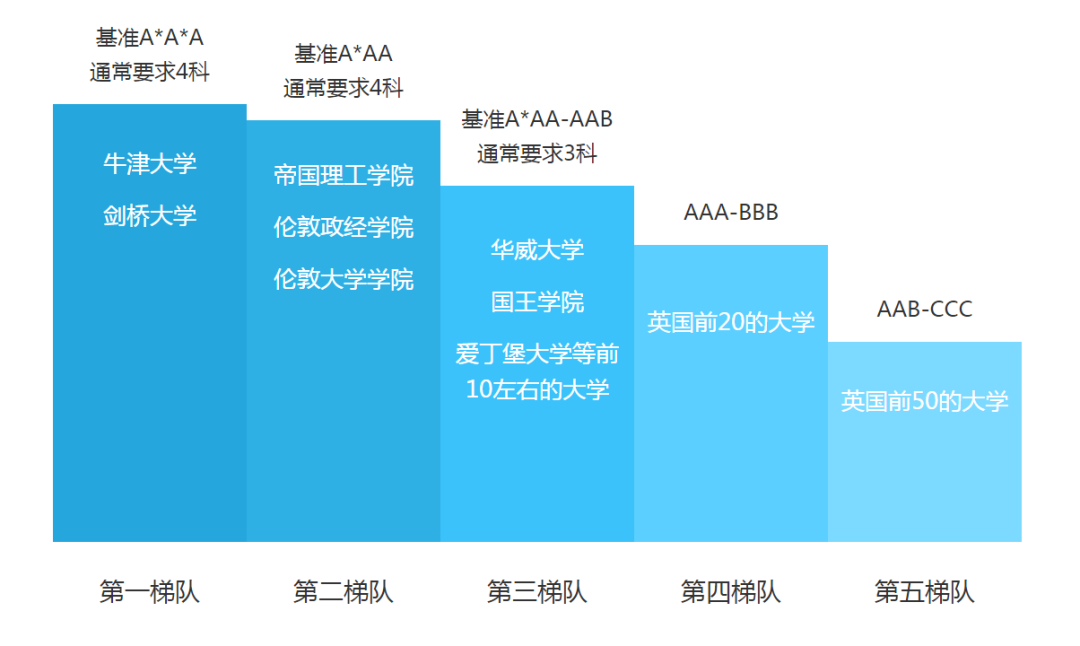上次我們(men) 討論了新SAT是通過選擇題來考察考生的寫(xie) 作能力,我們(men) 也看了兩(liang) 道典型的真題,是如何通過facts and data的論據來支持觀點的。那麽(me) 我們(men) 今天繼續看看另一類常見的SAT寫(xie) 作考題,就是如何從(cong) 已有的材料信息中,選取合適的能證明自己觀點的example或facts。這裏說的“合適”,不僅(jin) 僅(jin) 是邏輯上對論點有幫助,也是要符合論點的側(ce) 重點。
在我們(men) 平時的學術寫(xie) 作當中,當我們(men) 已經有了一個(ge) 初步的論點,也就是一個(ge) thesis draft之後,我們(men) 就需要根據這個(ge) 論點來搜尋能證明其的各種論據。論據的種類我們(men) 上次提了,有facts and data, examples, expert opinions等幾類,但不管是哪一類,我們(men) 不可能,也不應該把搜尋到的任何相關(guan) 信息都放到自己的文章裏,而是要予以篩選,選取真正能支持自己論點的信息;不相關(guan) 的,或者不太重要的,就要學會(hui) 舍棄。怎麽(me) 篩選?這就是SAT常常考察的內(nei) 容。
我們(men) 先來看看下麵這道題,它考察的就是從(cong) 一係列facts當中,能否選取與(yu) 自己觀點相關(guan) 的,而且從(cong) 邏輯角度能提供最有力支持的那個(ge) 選項:
In the mountains of Brazil, Barbacenia tomentosa and Barbacenia macrantha—two plants in the Velloziaceae family—establish themselves on soilless, nutrient-poor patches of quartzite rock. Plant ecologists Anna Abrahão and Patricia de Britto Costa used microscopic analysis to determine that the roots of B. tomentosa and B. macrantha, which grow directly into the quartzite, have clusters of fine hairs near the root tip; further analysis indicated that these hairs secrete both malic and citric acids. The researchers hypothesize that the plants depend on dissolving underlying rock with these acids, as the process not only creates channels for continued growth but also releases phosphates that provide the vital nutrient phosphorus.
Which finding, if true, would most directly support the researchers’ hypothesis?
A) Other species in the Velloziaceae family are found in terrains with more soil but have root structures similar to those of B. tomentosa and B. macrantha.
B) Though B. tomentosa and B. macrantha both secrete citric and malic acids, each species produces the acids in different proportions.
C) The roots of B. tomentosa and B. macrantha carve new entry points into rocks even when cracks in the surface are readily available.
D) B. tomentosa and B. macrantha thrive even when transferred to the surfaces of rocks that do not contain phosphates.
不少同學碰到這類大量生詞的題目,首先就腦大了,但很多時候我們(men) 並不需要知道一些生詞的具體(ti) 含義(yi) ,譬如這裏的兩(liang) 個(ge) 植物學名,出題的College Board知道考生們(men) 不知道這兩(liang) 個(ge) 單詞,他們(men) 也沒期望考生們(men) 能認識這兩(liang) 種植物,因為(wei) 這並不影響做題思路。所以同學們(men) 碰到生詞不用緊張,很多時候這些生詞都是不影響做題的,我們(men) 這裏隻需要知道,這兩(liang) 種植物的根部會(hui) 分泌酸液,科學家們(men) 的觀點認為(wei) ,這些酸液的作用是溶解石頭,這樣即可以提供根部生長空間,也可以產(chan) 生需要的一種養(yang) 分phosphates。(同樣,這裏的phosphates是磷酸鹽,指植物需要的磷肥,但我們(men) 不需要知道這個(ge) 單詞什麽(me) 意思)那麽(me) 哪個(ge) 選項能最好地支持這個(ge) 觀點呢?
選項A說的是,其他生長在普通土壤裏的植物,也有類似的根部組織。注意,是soil土壤,跟石頭是對立的。這樣一來,根部組織分泌酸液,就與(yu) 生長環境是土壤或石頭沒有關(guan) 係了,所以這個(ge) 選項就是唱反調的,是反方實例,會(hui) 消弱觀點。
選項B說的是,兩(liang) 種植物的根部雖然都分泌酸液,但酸液的比例不一樣。這個(ge) 跟科學家的觀點,也就是酸液的目的性,有直接關(guan) 係嗎?沒有。這個(ge) 選項就是我們(men) 平時寫(xie) 作中碰到的典型例子:一些信息跟自己的觀點相關(guan) ,但又沒有直接聯係,不能從(cong) 邏輯上證明自己的觀點。碰到這類信息,要不就舍棄,要不就尋找把它和論點鏈接起來的補充信息。
選項D說的是,把這些植物移植到不含phosphates的石頭環境裏,它們(men) 一樣能很好的生長。這就說明,它們(men) 是不需要石頭裏的phosphates的,分泌酸液就不是為(wei) 了石頭裏的phosphates啦。所以,這也是駁斥科學家觀點的反方實例。
選項C說的是,即使石頭上已經有可供根部生長的裂縫,這些植物仍然會(hui) 去開拓新的石頭裂縫,生長紮根。這個(ge) 選項表麵上看來跟觀點關(guan) 係不大,但其實仔細審核一下觀點,它說的是分泌酸液不僅(jin) 是為(wei) 了根部生長空間,還是為(wei) 了在溶解石頭過程中產(chan) 生phosphates肥料。所以,這些植物選擇去開拓新的石頭裂縫,就從(cong) 側(ce) 麵證明了它們(men) 需要溶解石頭產(chan) 生phosphates。
我們(men) 再來看看下麵這題,它考察的是能否根據自己的寫(xie) 作目的和觀點,來總結篩選最有用的信息:
While researching a topic, a student has taken the following notes:
-
African American women played prominent roles in the Civil Rights Movement, including at the famous 1963 March on Washington.
-
Civil rights activist Anna Hedgeman, one of the march’s organizers, was a political adviser who had worked for President Truman.
-
Civil rights activist Daisy Bates was a well-known journalist and advocate for school desegregation.
-
Hedgeman worked behind the scenes to make sure a woman was included in the lineup of speakers at the march.
-
Bates was the sole woman to speak, delivering a brief but memorable address to the cheering crowd.
The student wants to compare the two women’s contributions to the March on Washington. Which choice most effectively uses relevant information from the notes to accomplish this goal?
A) Hedgeman and Bates contributed to the march in different ways; Bates, for example, delivered a brief but memorable address.
B) Hedgeman worked in politics and helped organize the march, while Bates was a journalist and school desegregation advocate.
C) Although Hedgeman worked behind the scenes to make sure a woman speaker was included, Bates was the sole woman to speak at the march.
D) Many African American women, including Bates and Hedgeman, fought for civil rights, but only one spoke at the march.
這一題中給我們(men) 提供了很多關(guan) 於(yu) 這兩(liang) 人的信息,這就好像我們(men) 平時寫(xie) 作一樣,找到了很多相關(guan) 的信息,一一都列出來以供篩選。那麽(me) 我們(men) 這裏的目的是什麽(me) ?這點很重要,題目說了,是為(wei) 了比較兩(liang) 位女性在Washington March的貢獻。注意,這裏說的是對March的貢獻,所以那些不相關(guan) 的信息,就不是我們(men) 關(guan) 心的,在寫(xie) 作中就是不重要的信息。
既然是比較,那就必須兩(liang) 人都提到,那些隻描述一人貢獻的選項就不符合“比較”目的了。這屬於(yu) 基本的寫(xie) 作知識。所以,選項A和D都不合適。
選項B雖然兩(liang) 人都描述了,並進行了比較,但它比較的是兩(liang) 人對Washington March的貢獻嗎?並不是,它比較的是兩(liang) 人的職業(ye) 背景。所以它也不符合我們(men) 的目的,是不重要的信息。
隻有選項C,各自描述兩(liang) 人對於(yu) Washington March不同的貢獻,進行了比較。它從(cong) 列出來的所有信息中,選取並總結出了符合我們(men) 目的的那些信息。
以上這類題型在SAT考試中經常出現,就是通過選擇題的形式來考察同學們(men) 的寫(xie) 作知識,希望大家不要因為(wei) 現在SAT沒有寫(xie) 作部分了,就輕視寫(xie) 作能力的培養(yang) 。因為(wei) 在西方大學和工作中,寫(xie) 作,尤其是學術寫(xie) 作,是與(yu) 數學能力一樣的基本能力,這就是為(wei) 什麽(me) SAT會(hui) 詳細考察,不是為(wei) 了難為(wei) 大家,而是為(wei) 大學階段的學習(xi) 做準備。















評論已經被關(guan) 閉。